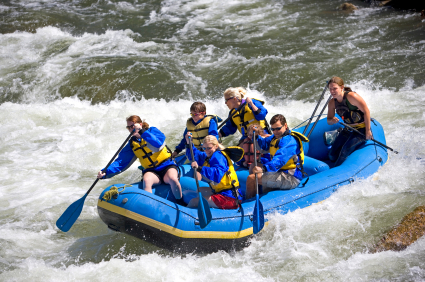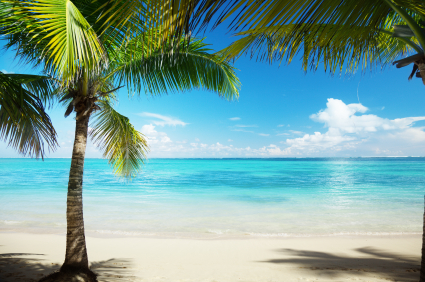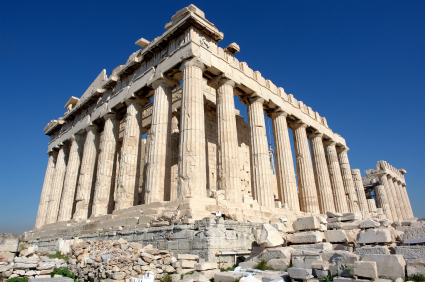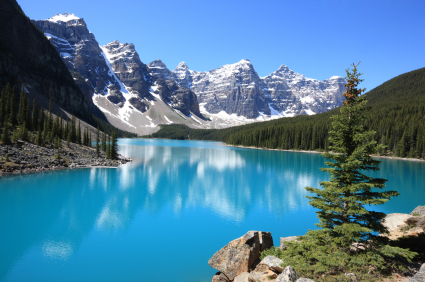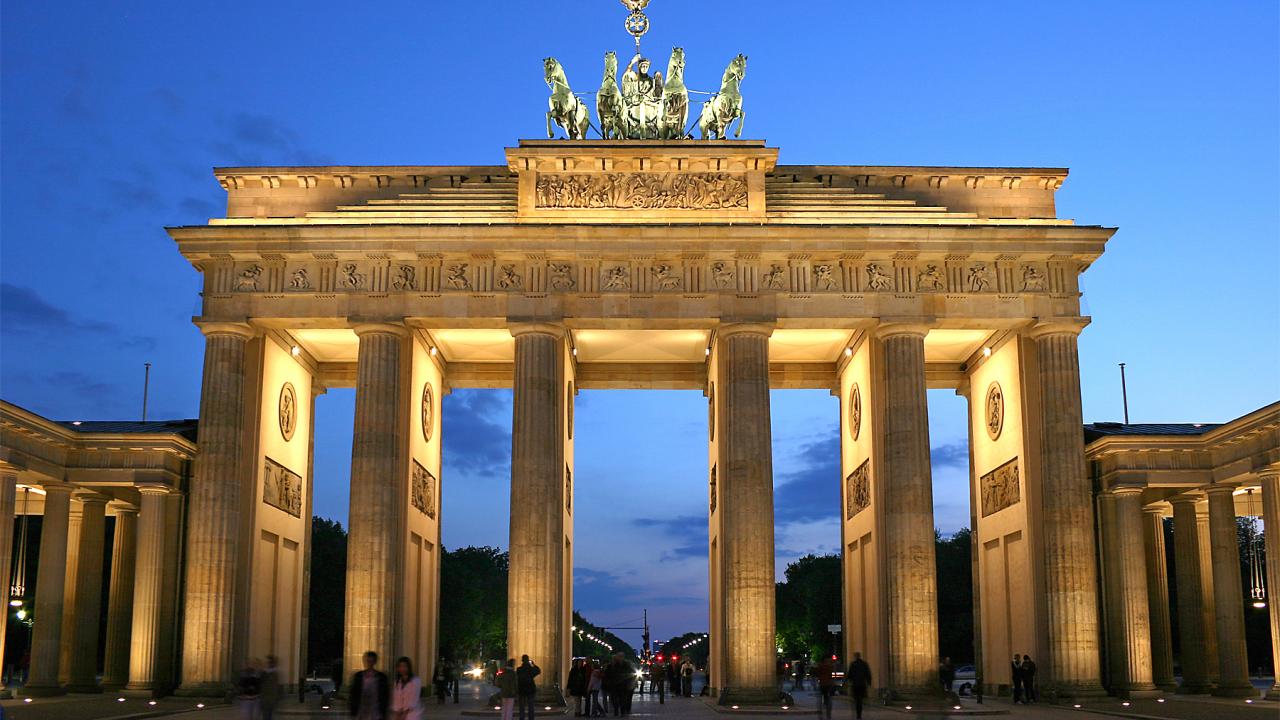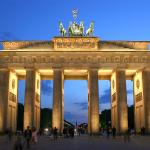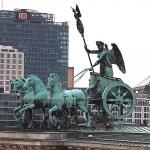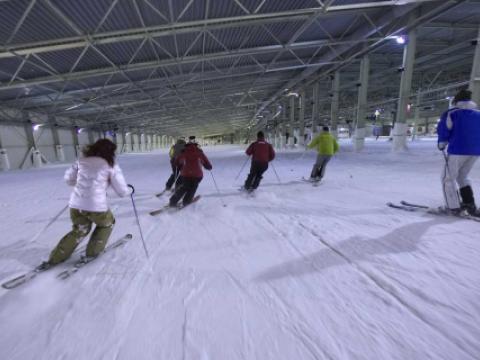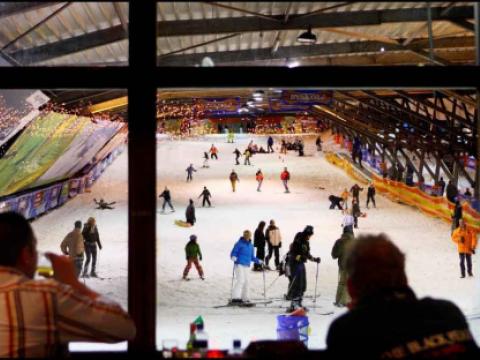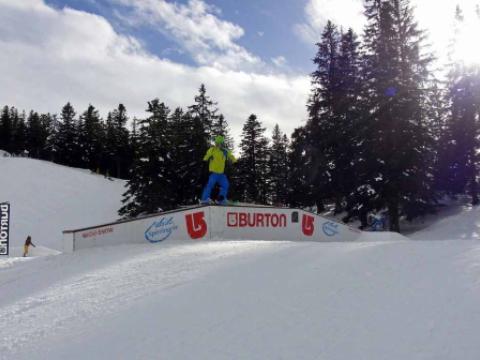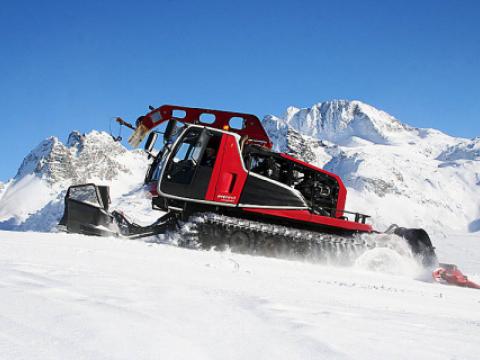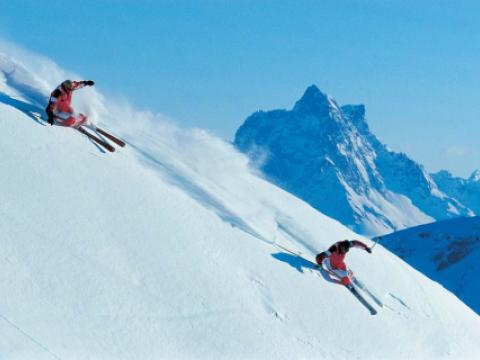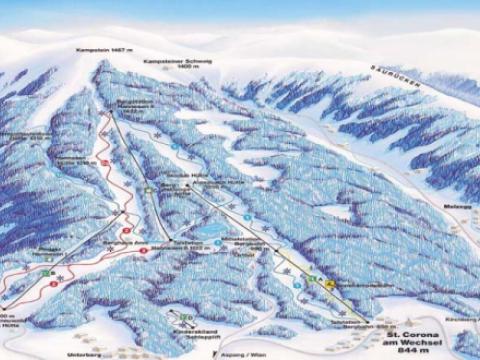Location
The Brandenburg Gate is one of the most well-known landmarks of Germany. As you will probably suppose, it is one of the numerous history symbols of the country. The gate was rebuilt in the late 18th century as a neoclassical triumphal arch and was often a site for major historical events. Today it is considered to be a symbol of the tumultuous history of Europe and Germany, but also of European unity and peace.
Located in the western part of the city centre of Berlin, at the junction of Unter den Linden and Ebertstraße, the gate is the monumental entry to Unter den Linden, the renowned boulevard of linden trees, which formerly led directly to the city palace of the Prussian monarchs.
Bus:
Ebertstr. (Berlin): M85
Brandenburger Tor (Berlin) (S+U): TXL
Reichstag/Bundestag (Berlin): 100, M85
Behrenstr./Wilhelmstr. (Berlin): 200, N2
Brandenburger Tor/Glinkastr. (Berlin) (S+U): 147, 200
Train station:
Brandenburger Tor (Berlin) (S+U): S1, S2, S25
Underground:
Brandenburger Tor (Berlin) (S+U): U55
Free

